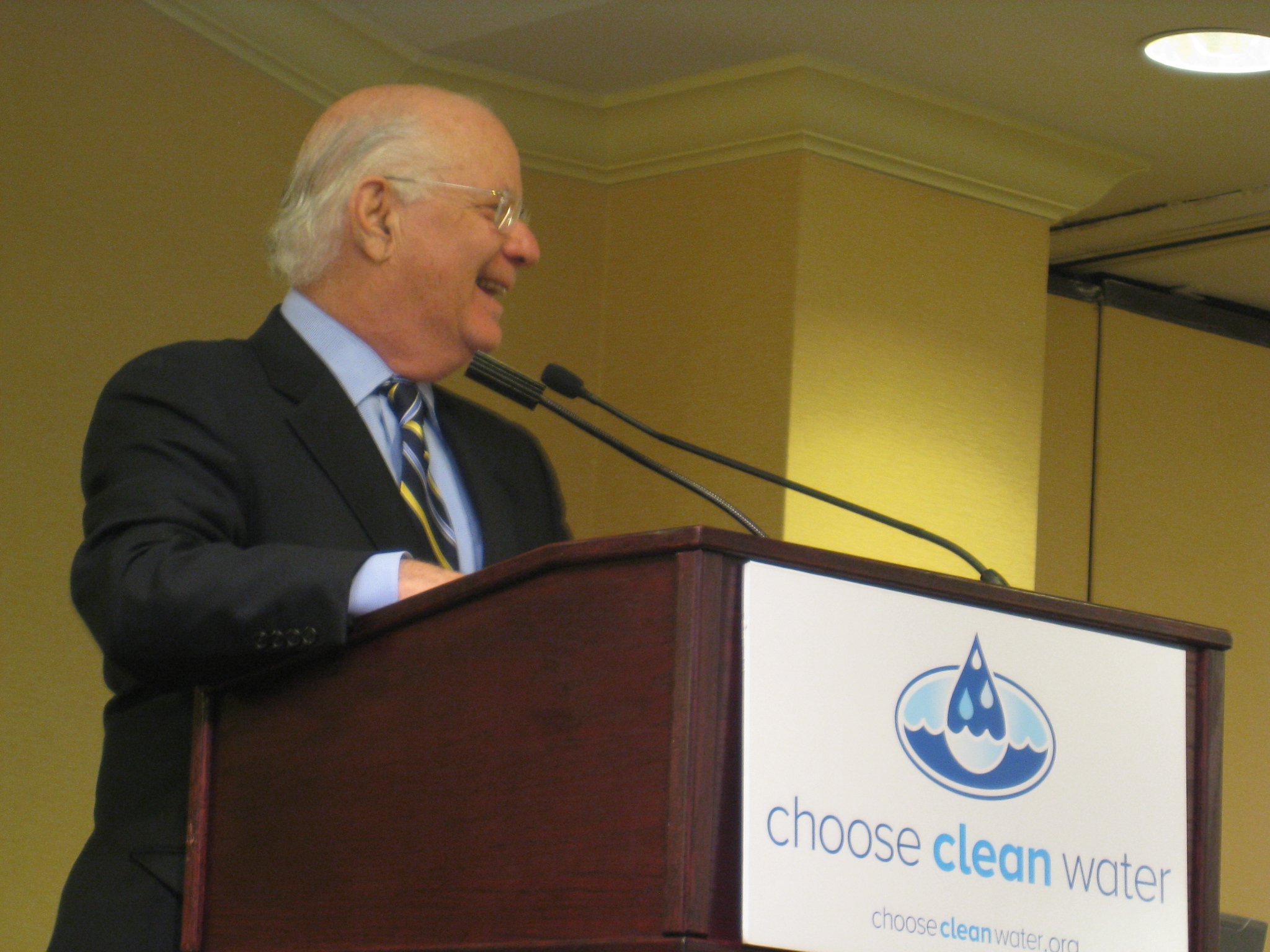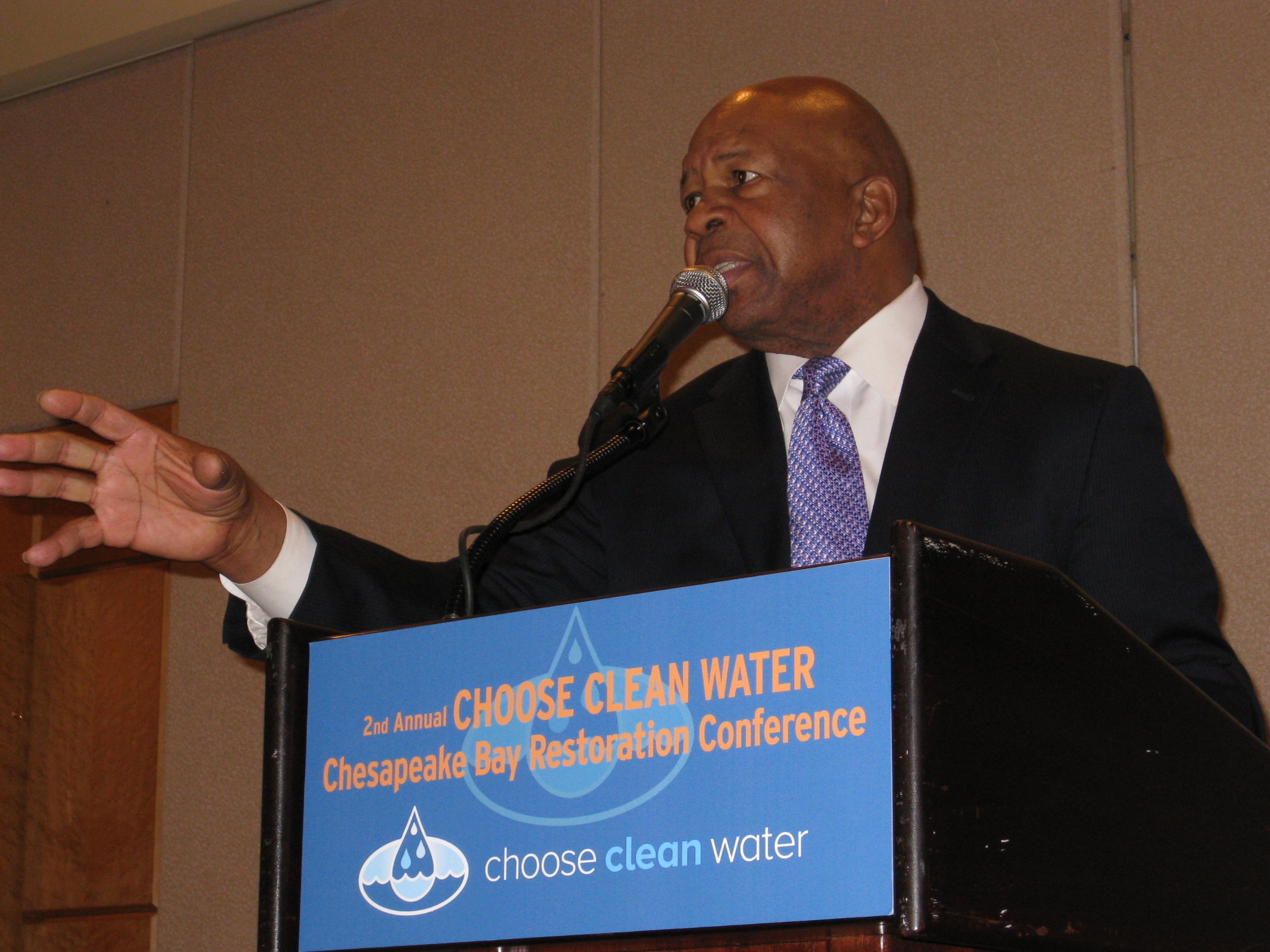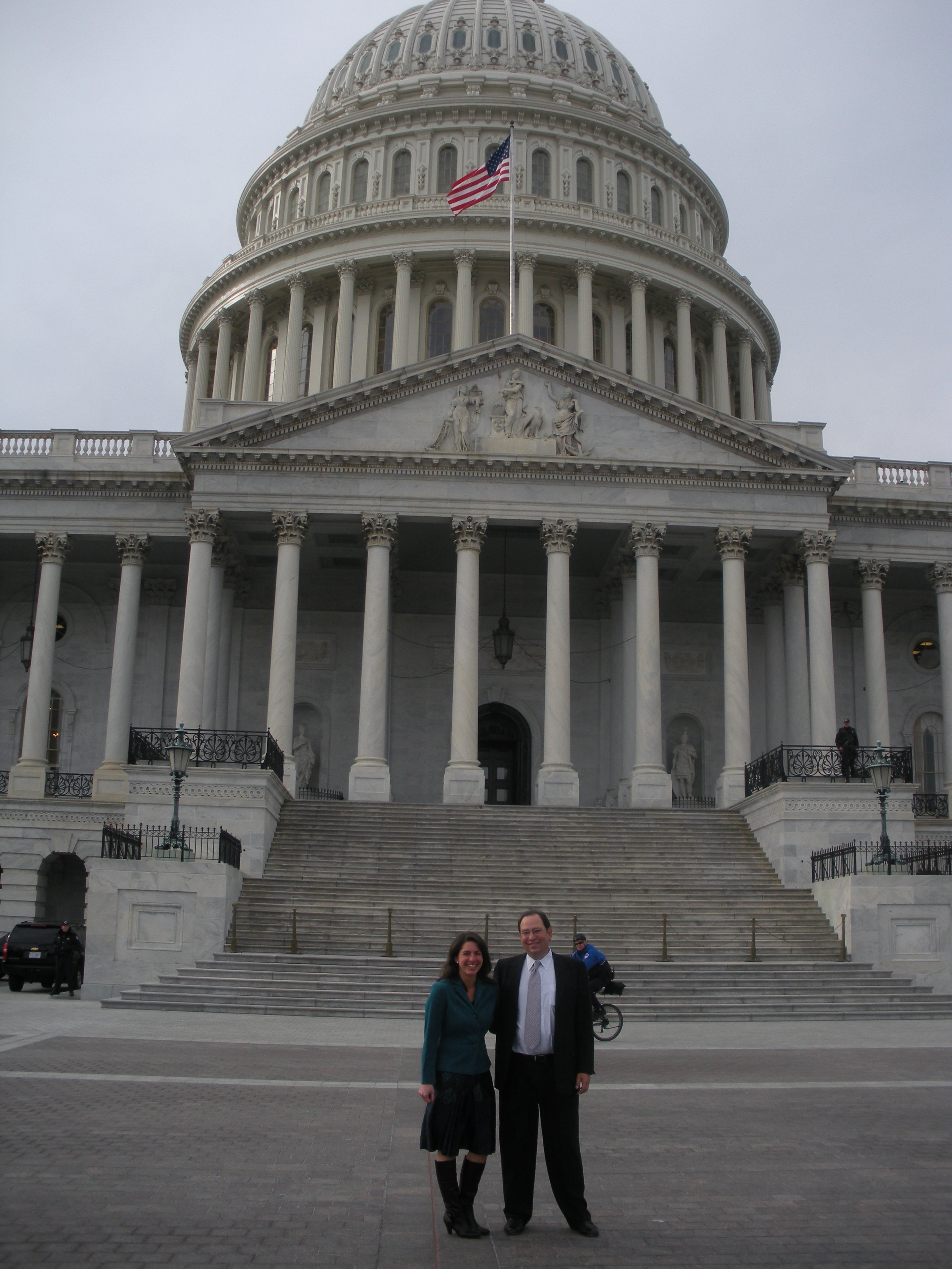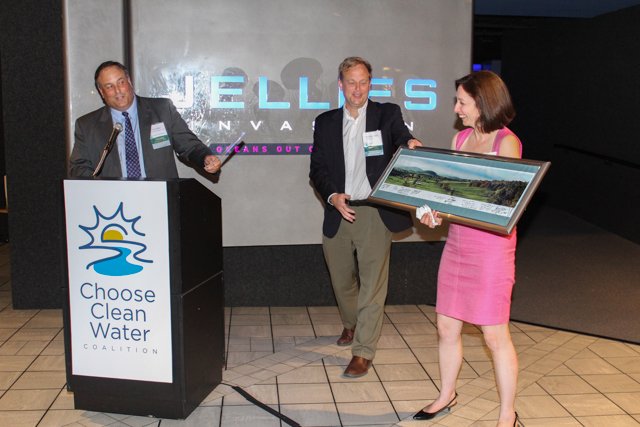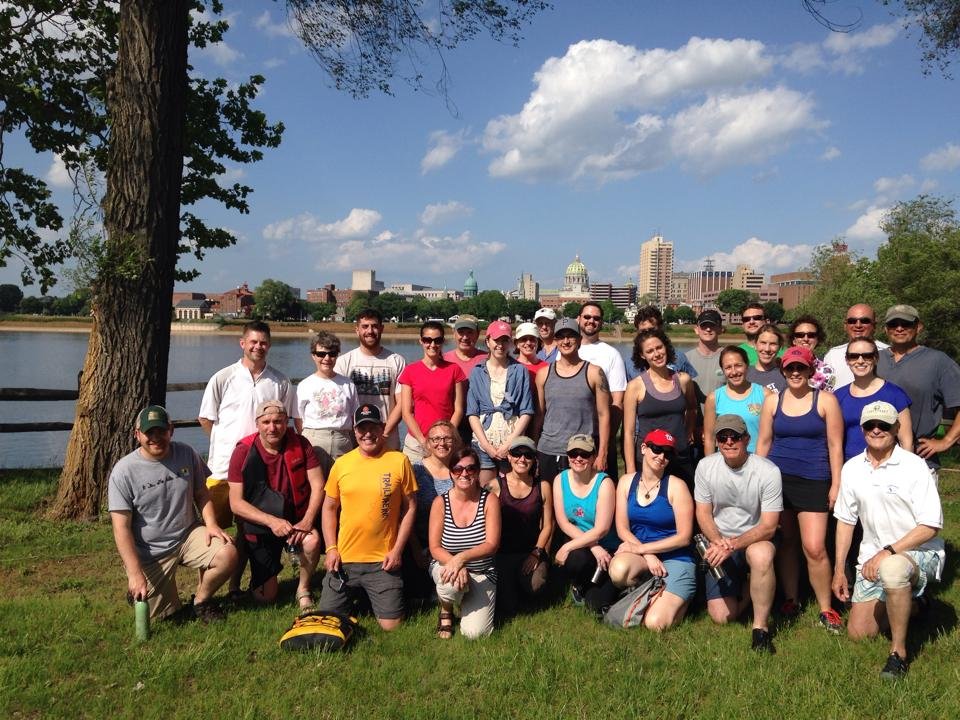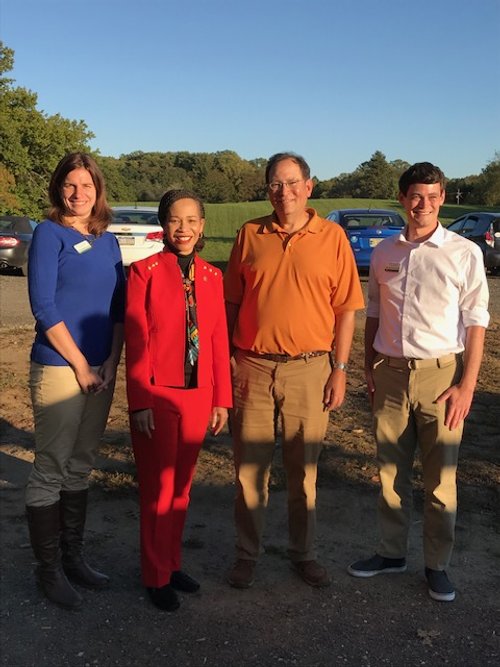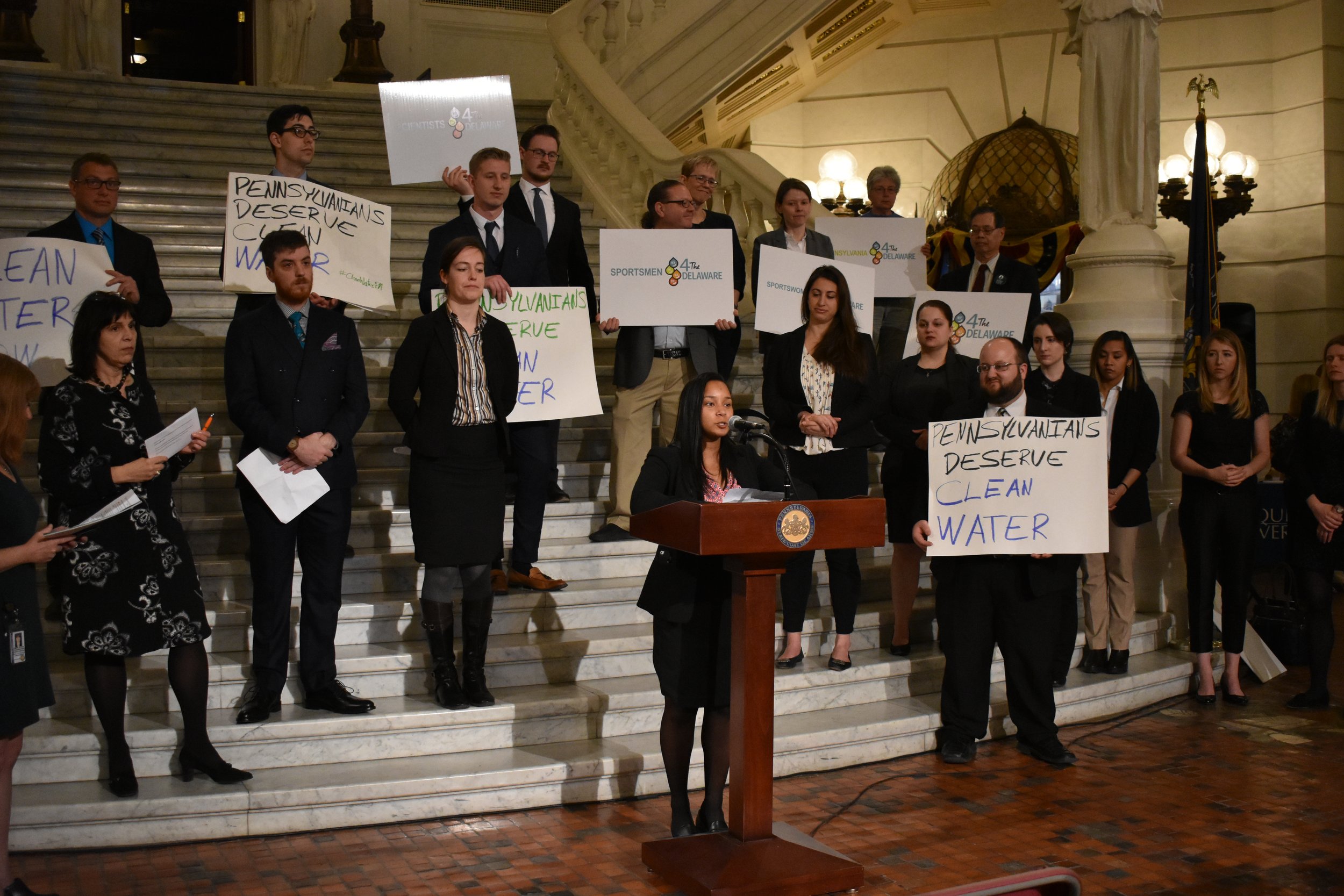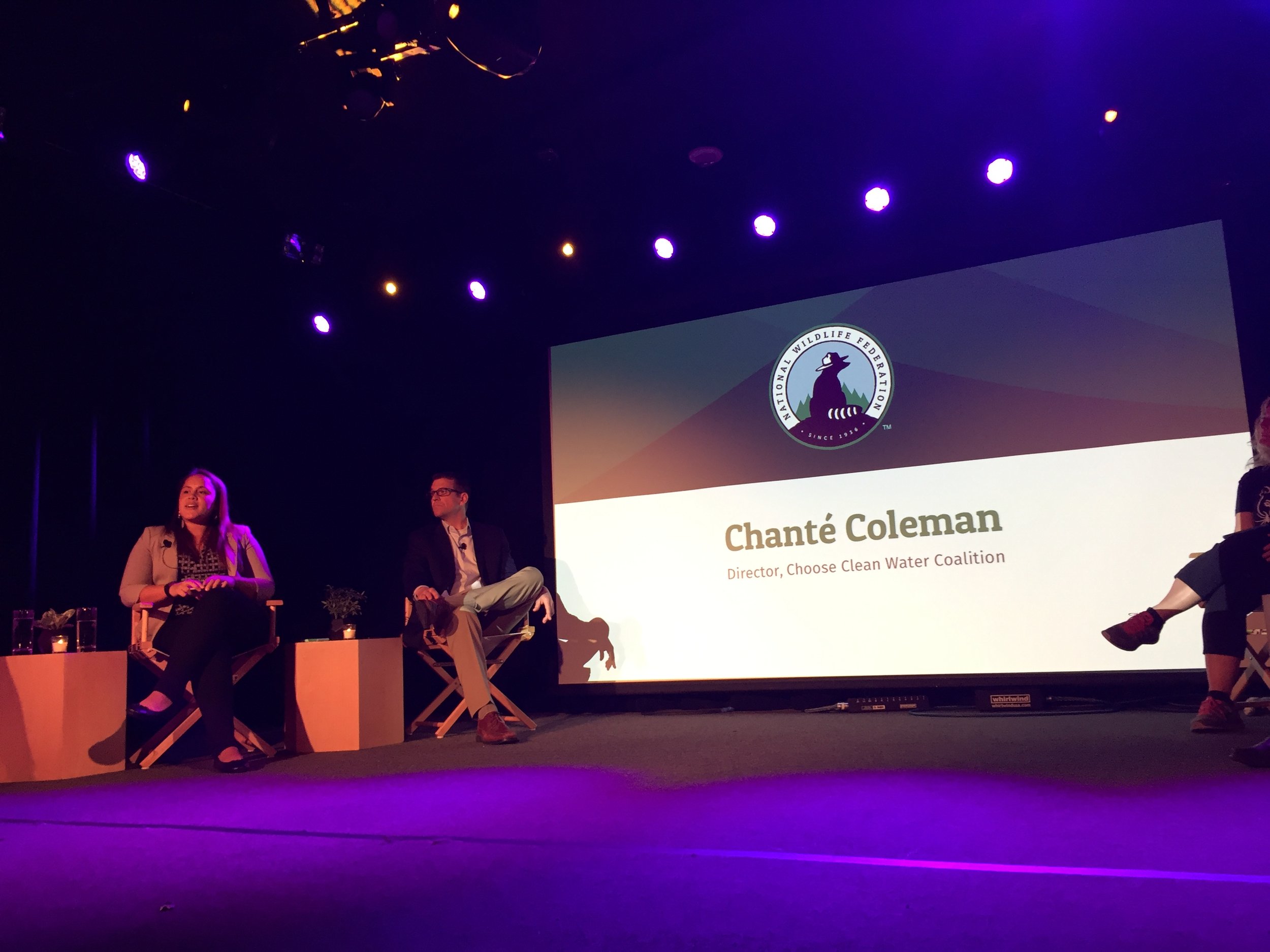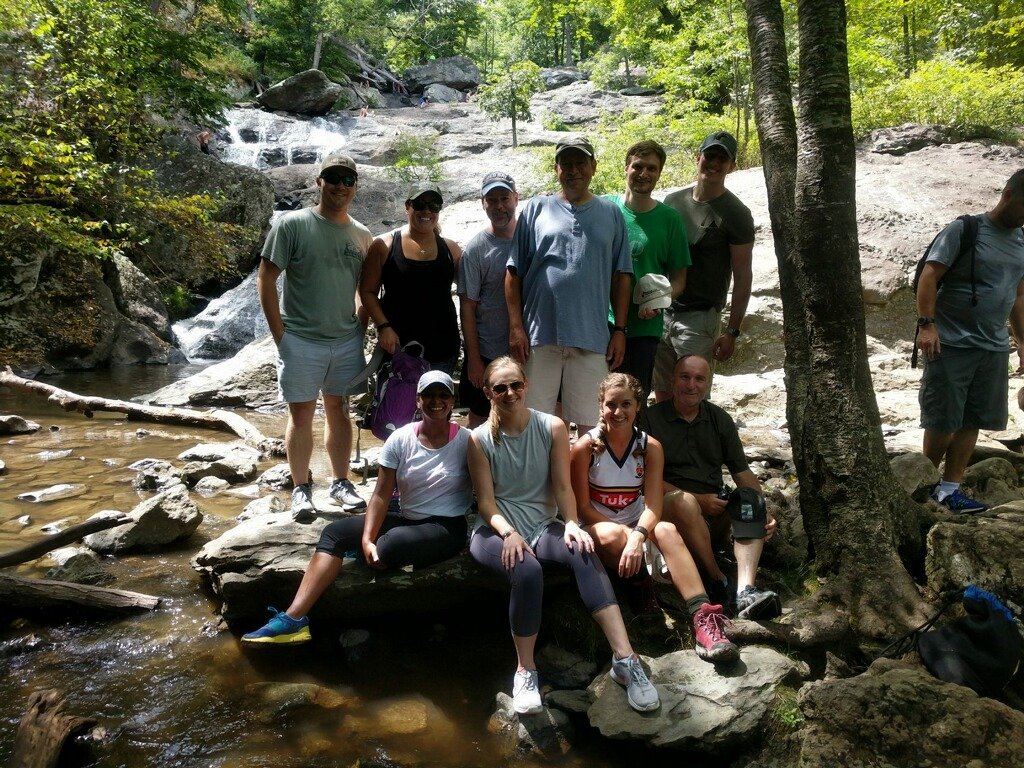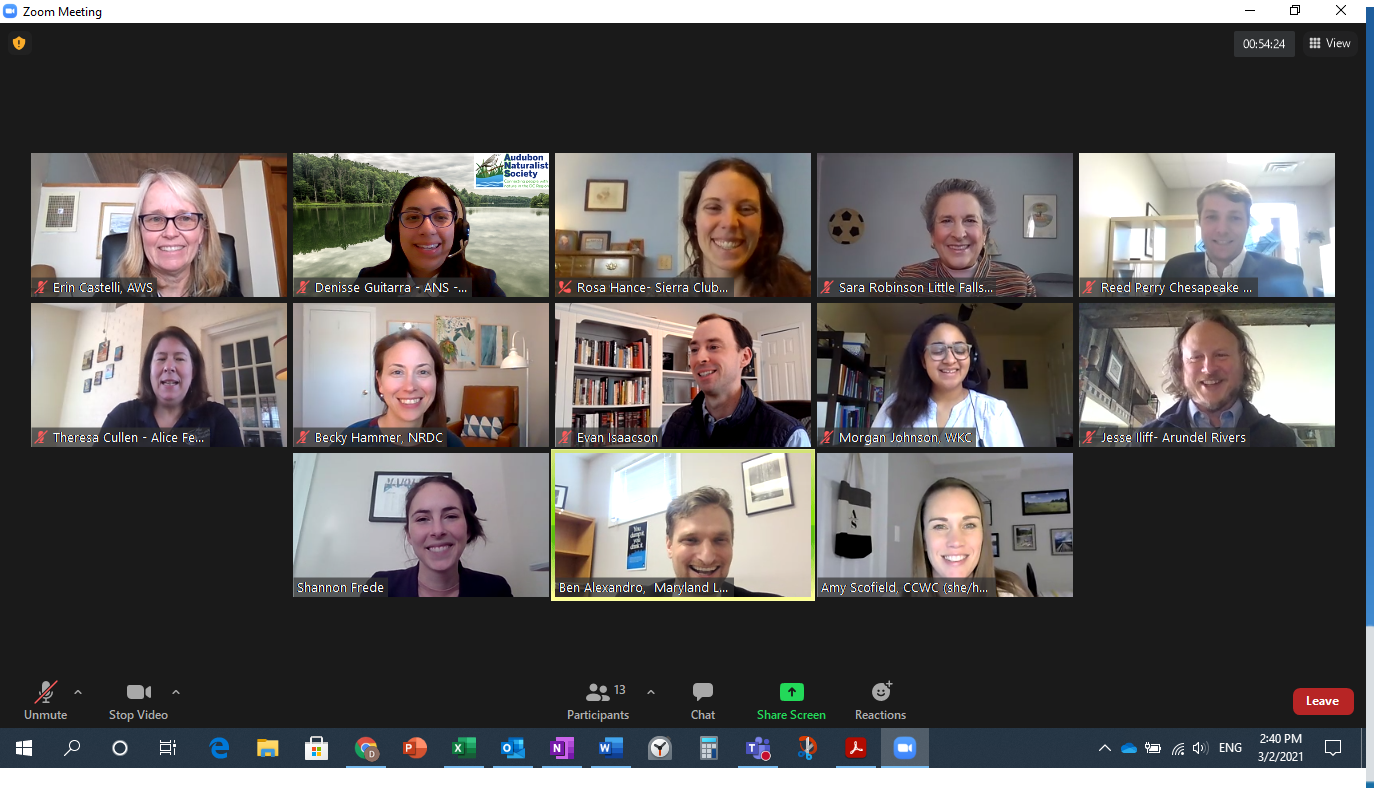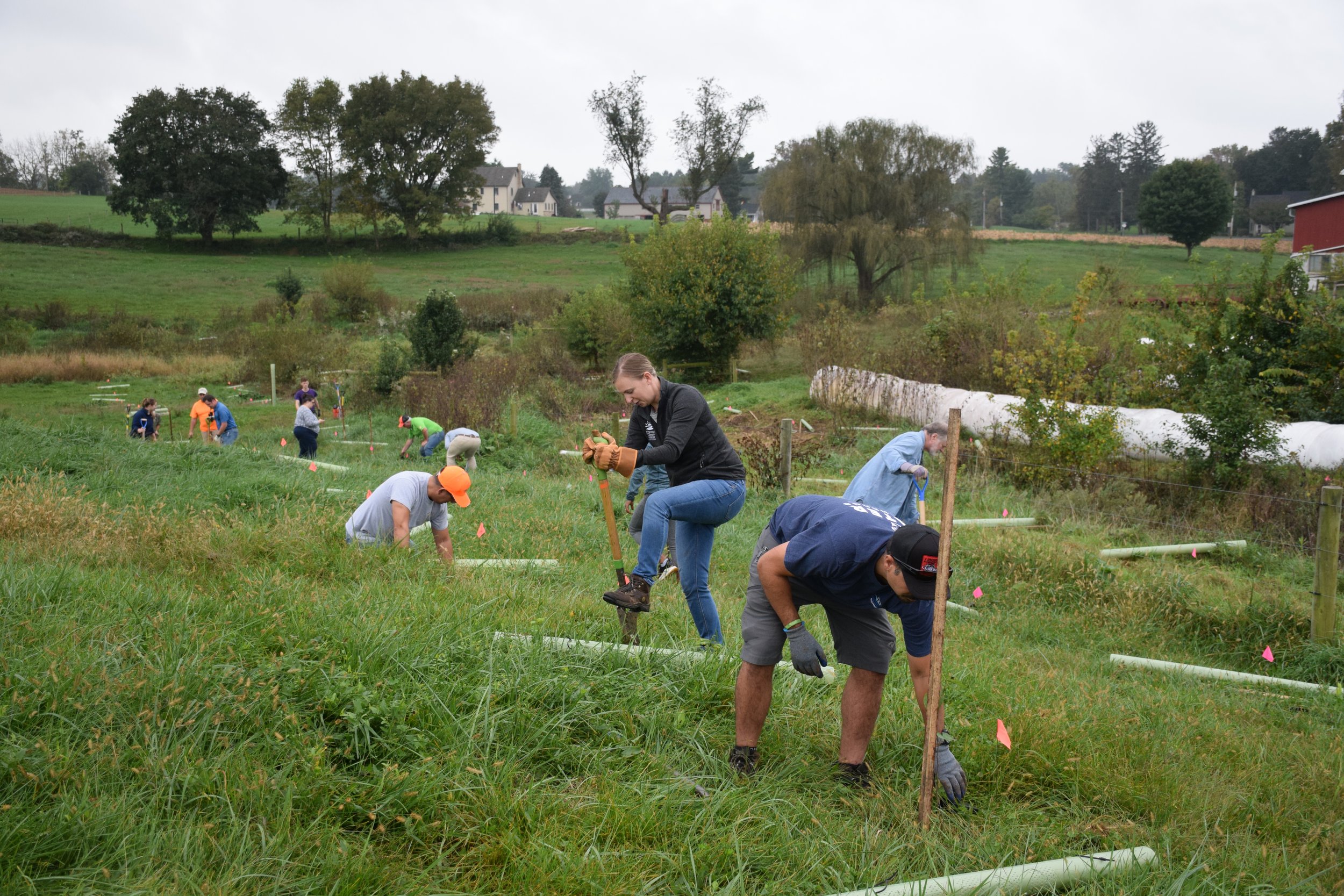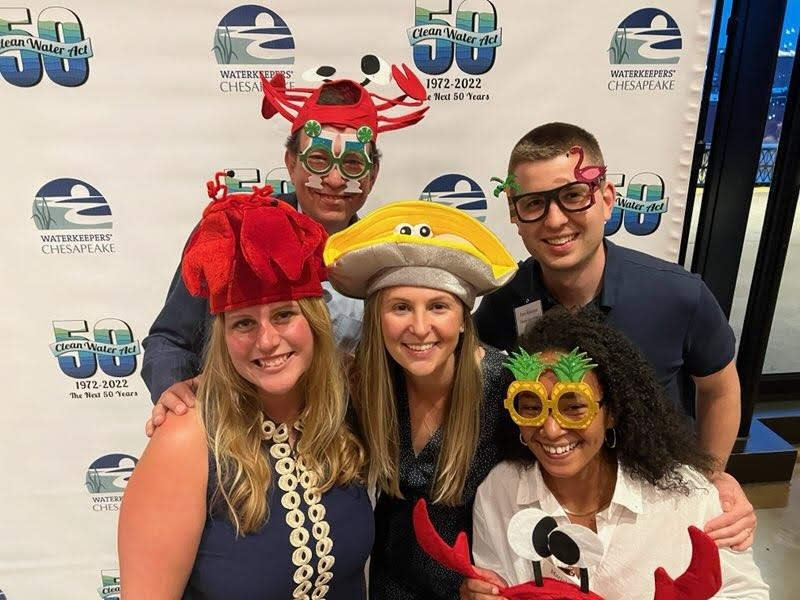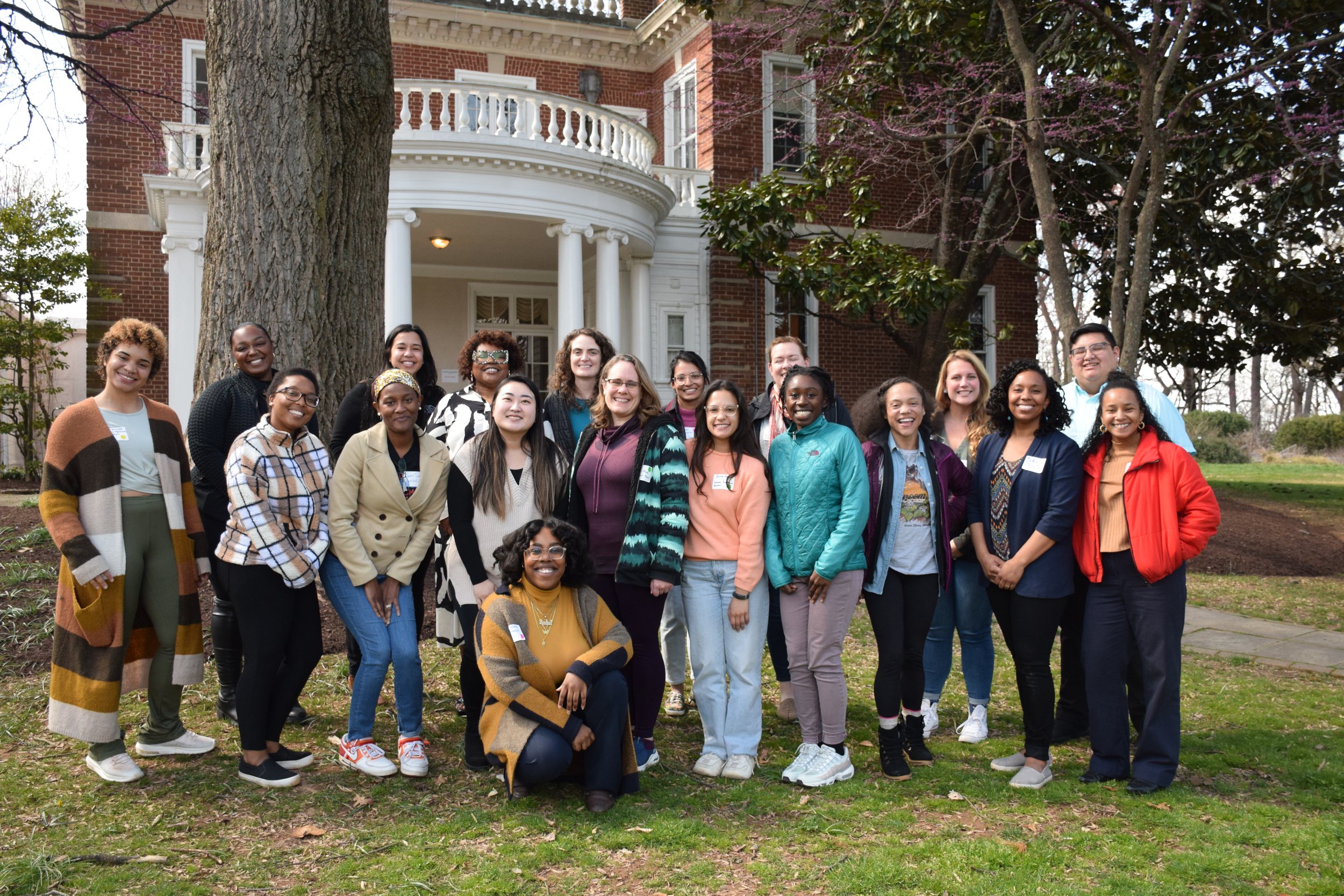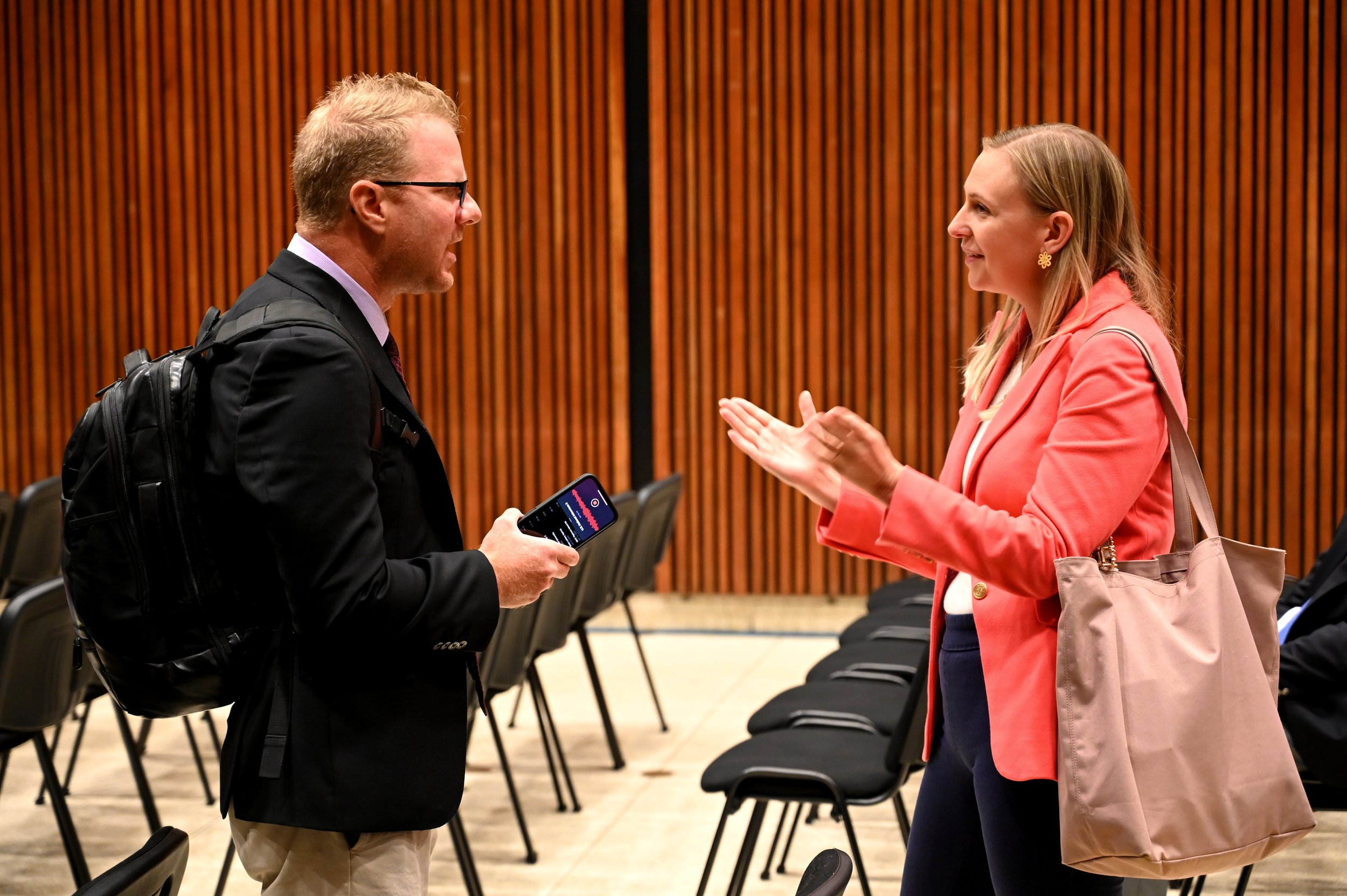History of the Choose Clean Water Coalition
The Choose Clean Water Coalition was formed in 2009 to encourage and cultivate cooperation and collaboration among the nonprofit community in the Chesapeake Bay region. For the last 15 years, the Coalition has harnessed the collective power of our member organizations in pursuit of cleaner streams and rivers. In honor of our 15th anniversary, take a look at the history of the Bay restoration effort, where the Coalition fits in, and join us as we work to leave a legacy of clean water to future generations.
A Timeline of the Choose Clean Water Coalition
1972: The Clean Water Act becomes law in a huge step forward for pollution reduction on a federal level.
1983: The first Chesapeake Bay Agreement is signed, a simple pledge for a cooperative approach to the Bay’s pollution problems.
1987: The Chesapeake Bay Program is codified into law under section 117 of the Clean Water Act; the Chesapeake Executive Council is set up with leaders from Maryland, Virginia, Pennsylvania, and D.C.
2000: Section 117 is reauthorized and modernized. Delaware and New York officially join federal Bay restoration efforts through the Chesapeake 2000 agreement, which sets a clear Bay management vision for the next decade.
2002: The governor of West Virginia adds his signature to the Chesapeake 2000 agreement, thus federally solidifying the state’s commitment to restoration.
2008: There’s an opportunity to craft and pass legislation in Congress to enforce clean water protections in the Chesapeake Bay Watershed. Amid concern that the states are off track in meeting their cleanup goals by the 2010 deadline established in the Chesapeake 2000 agreement, conversations begin to assemble a Coalition to ensure accountability for future cleanup efforts. Congress passes the 2008 Farm Bill, which contains $238 million over five years for conservation practices on farms in the watershed within the Chesapeake Bay Watershed Program.
2009: The Coalition is created in collaboration with the Chesapeake Bay Funders Network and the Chesapeake nonprofit community, with Hilary Harp Falk at the helm. President Obama issues an Executive Order to restore and protect the Bay. By October, more than 100 member organizations join the Coalition.
2010: The first ever Choose Clean Water Conference is held in Washington, D.C., complete with a field trip to Nationals Park to tour green infrastructure on the grounds. The EPA establishes the Chesapeake Bay Total Maximum Daily Load (TMDL) of pollutants to try and fulfill President Obama’s Executive Order.
2011: The State Leads Program, which eventually brings together leaders from all six Bay states, is born. Meanwhile, the American Farm Bureau Federation challenges the EPA’s TMDL in court. The Coalition hits 150 members.
2012: The Coalition hits 200 member organizations.
2013: Individuals from the Coalition’s member organizations gather in the halls of Congress for the first annual Chesapeake Bay Day on the Hill, also called “Lobby Day.” Jill Witkowski becomes Director of the Coalition.
2014: The Chesapeake Executive Council signs the 2014 Chesapeake Bay Watershed Agreement, thus defining watershed protection goals for the next decade. It identifies 2025 as the target deadline to have all pollution reduction practices in place as part of the cleanup effort. The 2014 Farm Bill passes.
2016: Diversity, Equity, Inclusion, and Justice (DEIJ) becomes a priority for the Coalition, and the Young Professionals of Color Mentorship Program begins. The Supreme Court affirms legal establishment of the TMDL. The Equity workgroup is founded.
2017: Chanté Coleman becomes Director. The Coalition helps restore full funding for the Chesapeake Bay Program after it is zeroed out in the President’s budget.
2018: The 2018 Farm Bill passes.
2019: The Coalition releases the DEIJ in Action Guide. Kristin Reilly starts as Director.
2020: The Coalition provides its member organizations with tools and resources to encourage their members to vote for clean water. The Chesapeake WILD Act is signed into law, enhancing both habitat and access to recreation in the Bay watershed.
2022: The Chesapeake Bay Agreement is amended slightly regarding fish passage, diversity, and land use outcomes. The Coalition hosts its first in-person conference after a two-year pause due to the COVID-19 pandemic.
2024: It’s the Coalition’s 15th anniversary, and we’re right on the cusp of 300 members!
